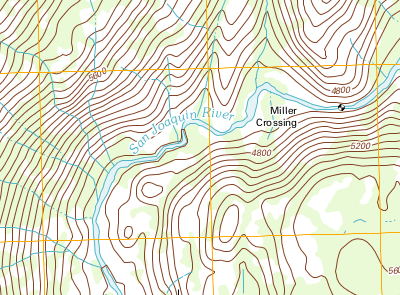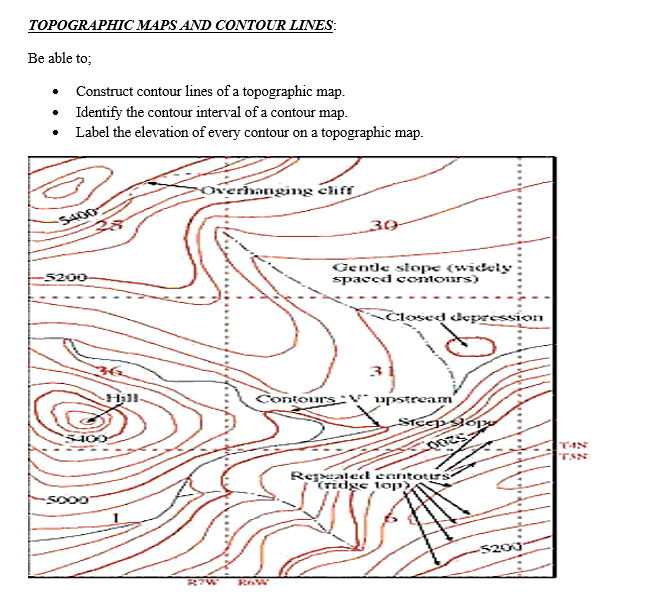

Another key issue to consider is to include the chart depth accuracy into UKC calculation or make a comparison between the CATZOC with the UKC (Under Keel Clearance) which is more common.
HEIGHT OF CONTOUR DEFINITION CODE
It should be estimated twice or four times the draught of vessel (depending on the depth of water available)Īlthough color code may vary in different ECDIS system displays, the generic idea remains the same. Deep Contour: Indicates the limit of sea area where shallow water effects occur that can affect a vessel.Safety Contour: Is calculated same as per Safety depth AND activates ALARM when depth is less.Safety Depth = Maximum Draft(static) + UKC (Company’s Policy) + Squat(Maximum) – Height of Tide.Shallow Contour: Indicates the depth below a vessel could run aground and it is equal to vessel’s maximum static draft.The following are some of the most common issues regarding navigational waters:


Different contours and depths indicate different parts of navigational waters. In order to prevent such situations ECDIS has by default a depth alarm system which sets the required depths for navigation. In particular, there is risk of not displaying and checking the depth accuracy, resulting in unpleasant situations for the passage planning, thus, vessels to reach the depth limits (in accordance with calculated UKC) and finally to run aground because the depth result was not as accurate as the navigators expected to be. This indication is subject to ON or OFF selection by the navigator, therefore, for an unfamiliar user the risk is increasing. The typical marks of A1, A2, B, C have now been replaced by symbol which indicates the accuracy of depth. On ENCs the same policy is followed with the exception of the indication of accuracy which is well spread and marked on the chart with CATZOCs (Categories of zone of confidence). Navigators should carefully check the areas that they have chosen to sail, find the relevant indication on diagram and apply additional measures or safety features to protect the vessel from grounding. On the traditional paper charts, the Reliability Diagram (old charts) or Zone of Confidence diagram (new charts) indicate the depth accuracy based on surveys. However, a mariner should be always wary of any chart that does not feature these indicators, irrespective of whether it is a traditional paper chart, or an ENC. This is why many guides are available with best practices of navigation for commercial vessels and cruising yachts that help mariners to decide on how much confidence they should show on the marked depths. Specifically, the depth measurement, as indicated, is the result of a relevant depth survey which varies in age and quality depending on the measurement techniques and the available technology.īecause priority for surveying is given to the major shipping routes, each navigator sailing into unfamiliar waters away from these routes should be able to interpret the various quality indicators that are, or should be, indicated on every chart. The ‘navigational waters’ can be mainly affected by the water depth, which is indicated both on paper charts and ENCs. Can they steer the vessel, following a pre scheduled passage plan, within the safety margins that they set, from berth to berth, avoiding grounding? At this point, it is worth to mention the passage plan’s main purpose which is to use the available ‘navigational waters’ for the indented voyage so that the vessel could safely conduct the voyage. However, the question for the navigating officers remains the same. Industry stakeholders have discussed a lot about the pros and cons of paperless navigation concluding that ECDIS does have an edge over the traditional paper chart navigation.


 0 kommentar(er)
0 kommentar(er)
